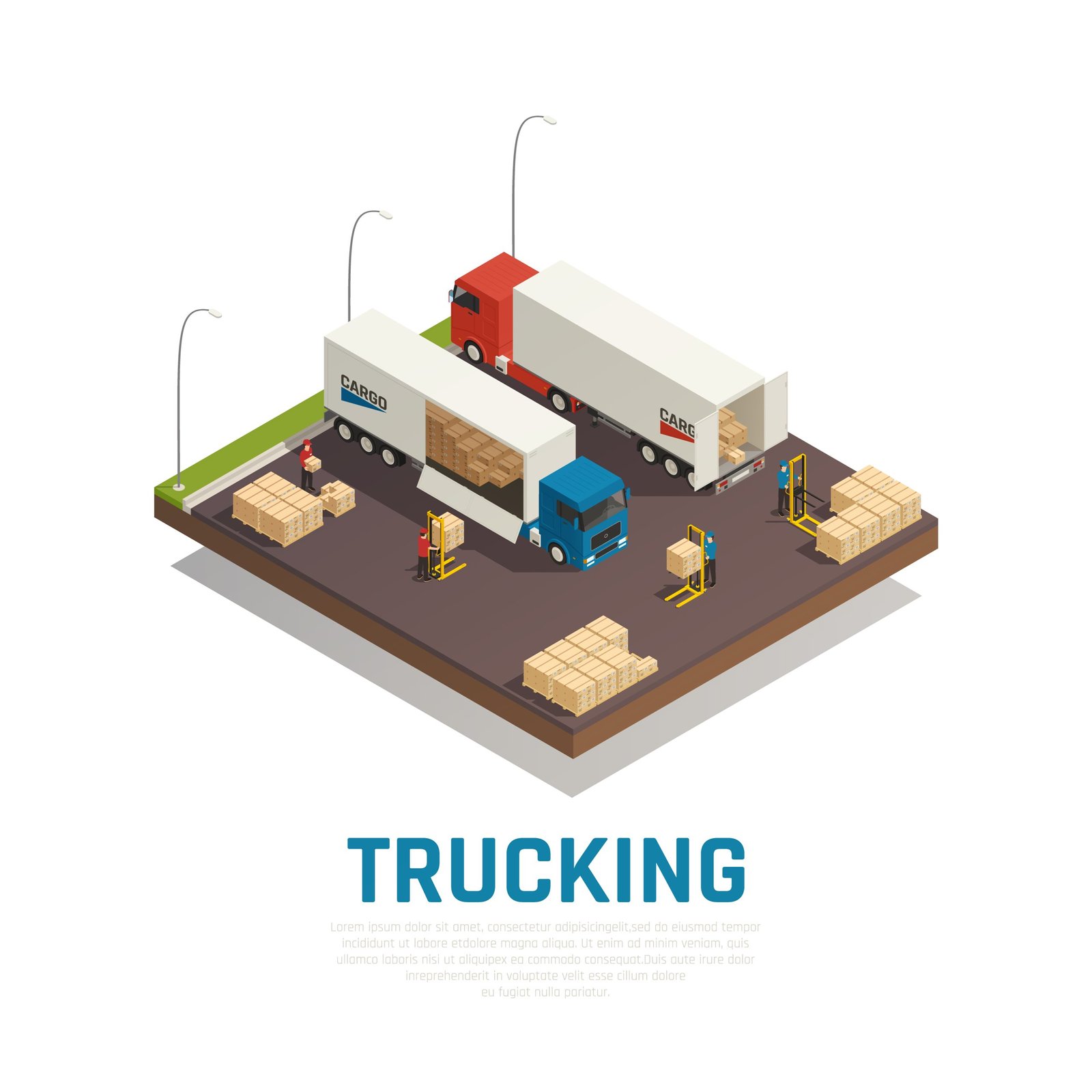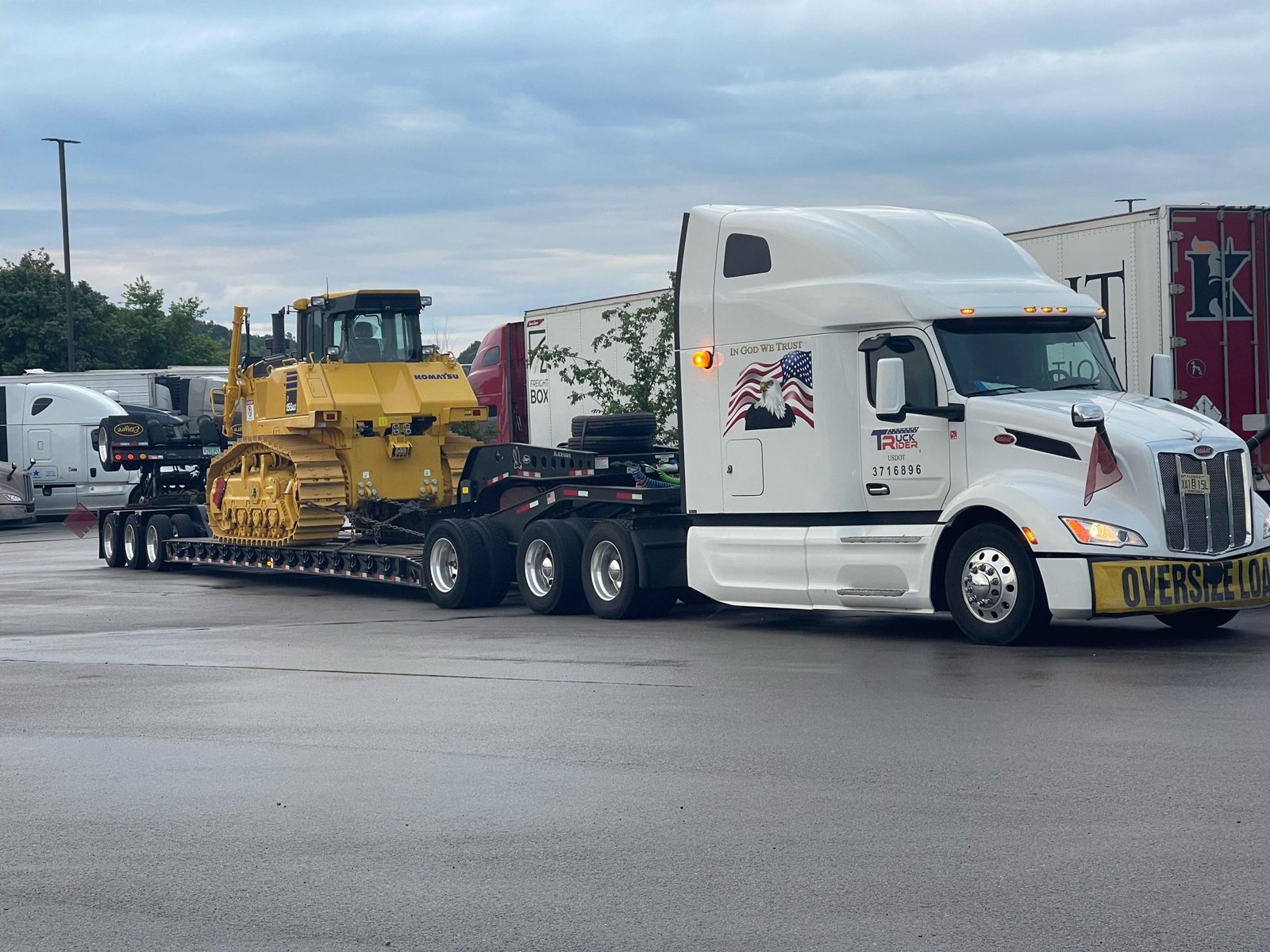In the trucking industry, optimizing payload and balancing freight correctly are key to ensuring efficiency, safety, and compliance. This blog will focus on the best practices for safely loading and balancing cargo to maximize truck capacity without compromising safety.
- Understanding Payload Limits:
Each truck has a specific payload limit that must be adhered to in order to prevent overloading, which can cause mechanical issues and accidents. Truck drivers and loaders need to know these limits to ensure trucks operate safely. - Importance of Proper Freight Distribution:
Proper freight distribution is essential for maintaining balance and stability during transit. Uneven loads can lead to vehicle instability, increasing the risk of rollovers or jackknifing. A balanced load helps prevent these hazards. - Securing Cargo Correctly:
Properly securing freight is crucial to prevent cargo from shifting during transit, which could cause accidents or damage. Use tie-downs, straps, and other securement devices to ensure that cargo remains stable. - Maximizing Truck Capacity Safely:
To maximize payload while maintaining safety, it’s important to strategically arrange cargo by weight and size. Heavier items should be loaded toward the front, while lighter items can go at the rear, ensuring even weight distribution. - Technology for Load Optimization:
Advanced load optimization software can help trucking companies calculate the best way to load their trucks, maximizing space and adhering to safety standards. These tools can also help prevent overloading and improve overall efficiency.
Conclusion:
Maximizing payload while safely loading and balancing freight is essential in trucking operations. By following best practices and using modern tools, trucking companies can enhance safety, reduce wear and tear, and improve operational efficiency.






